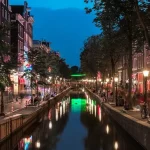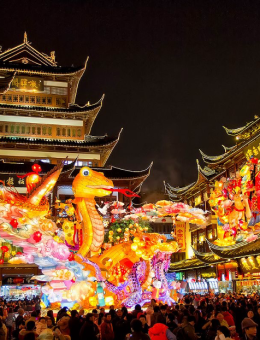Should you choose budget travel to South Korea or focus on the value of the experience? With breathtaking natural landscapes such as the cherry blossom season in spring or the romantic autumn foliage, along with a long-standing cultural heritage and a more open visa policy for Vietnamese visitors, South Korea has become an increasingly popular travel destination. As a result, budget travel services to South Korea have grown rapidly in recent years. But are they really as affordable as advertised? Let’s find out.
With its booming economy, ancient traditions, and rising influence on the global stage, South Korea is quickly becoming one of the most talked-about travel destinations worldwide. For visitors, this means there are more options than ever before. As one of the most dynamic and rapidly developing nations in the Pacific Rim, South Korea offers travelers a diverse range of experiences through stunning landscapes and 5,000 years of history and culture.
South Korea’s Seasons
The country experiences four distinct seasons: a dry and cold winter from November to March, a fresh spring from March to May, a humid and rainy summer, and a colorful autumn from September to November. Spring and autumn are considered the best times to visit. However, winter sports enthusiasts often prefer traveling in winter to enjoy seasonal activities.
Budget Package Tours to South Korea
To meet growing demand, many companies offer budget tours to South Korea priced around 12–14 million VND, with some promoting “shock prices” slightly above 10 million. A typical itinerary might look like this:
 Sample 4-Day Itinerary: Seoul – Nami – Everland
Sample 4-Day Itinerary: Seoul – Nami – Everland
- Day 1: Departure from Vietnam, arrival in South Korea.
- Day 2: Visit Nami Island, famous as the filming location of “Winter Sonata.” Continue to Namsan Tower (entrance fee not included).
- Day 3: Shopping at ginseng centers, cosmetic shops, and trying hanbok while joining a kimchi-making class. Afternoon at Everland theme park. Evening cultural show in Seoul.
- Day 4: Explore Gyeongbokgung Palace, the Blue House, Cheonggyecheon Stream, and Gwanghwamun Square. Final shopping at Dongdaemun or Myeongdong before returning to Vietnam.
Although the tour is only four days, a large portion of the schedule is dedicated to mandatory shopping stops. Cultural experiences are limited to kimchi-making and wearing hanbok, while most meals are set menus arranged in advance. This means that while the price may seem affordable, the value of personal experiences and local culinary exploration is restricted. Many first-time travelers may prefer this type of package for its convenience, but others find the heavy focus on shopping and strict schedules frustrating.
Independent Budget Travel in South Korea
For those who love adventure and prefer freedom, independent travel is an attractive option. It allows complete flexibility in planning, exploring local neighborhoods, trying authentic street food, and creating unique experiences. A sample itinerary might include:
- Day 1: Arrival and evening walk around Myeongdong or Dongdaemun Plaza.
- Day 2: Visit Gyeongbokgung Palace, wear hanbok, explore Cheonggyecheon Stream, and stroll through Bukchon Hanok Village.
- Day 3: Namsan Tower, Ihwa Art Village, and the youthful Hongdae area.
- Day 4: Day trip to Nami Island, Petite France, and Gangchon rail bike.
- Day 5: Shopping and return to Vietnam.
Independent travel often costs less than package tours but requires much more preparation. Travelers must handle visa applications, book flights and accommodation, and research transportation. A small mistake in visa paperwork could result in rejection. Navigating public transport also takes effort, and unexpected issues like getting lost may arise. While rewarding, independent travel requires confidence and experience.
 Semi-Independent Travel: A Middle Ground
Semi-Independent Travel: A Middle Ground
For those who want a balance between freedom and convenience, semi-independent travel offers a suitable alternative. It combines the structured support of a tour with the flexibility of independent travel. Services like visa guidance, flight booking, and hotel arrangements are handled, while the itinerary allows more opportunities for authentic experiences. Travelers can explore local neighborhoods, enjoy traditional cuisine at local restaurants, and use public transport for a more immersive journey.
This option is especially appealing for first-time travelers who want guidance but still value flexibility. Groups are smaller compared to full tours, usually around a dozen people, ensuring more personalized support. It also allows flexibility to split from the group for personal exploration, something not possible in standard package tours.
Conclusion
Whether you choose a budget package, independent travel, or a semi-independent tour, the decision comes down to your priorities. Package tours provide convenience but limit authentic experiences. Independent travel offers freedom but requires preparation and confidence. Semi-independent options strike a balance, giving travelers both support and flexibility. Ultimately, the best choice depends on whether you value saving money, maximizing cultural experiences, or finding a balance between the two.

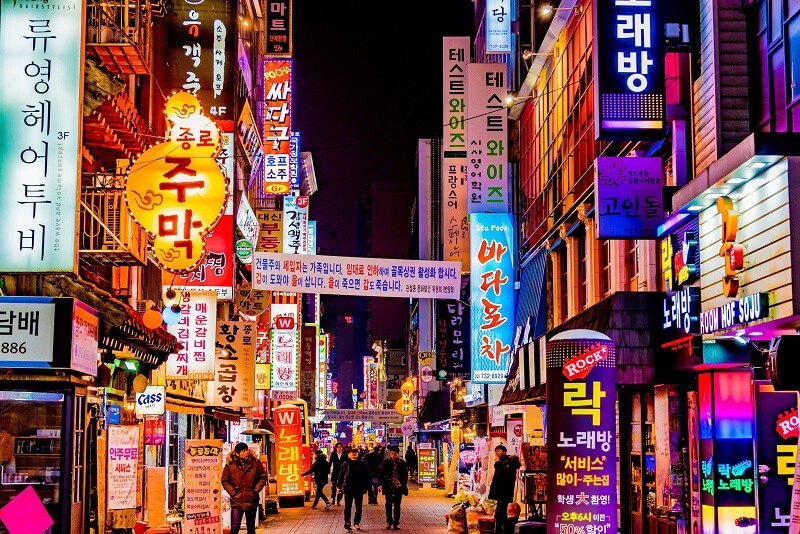
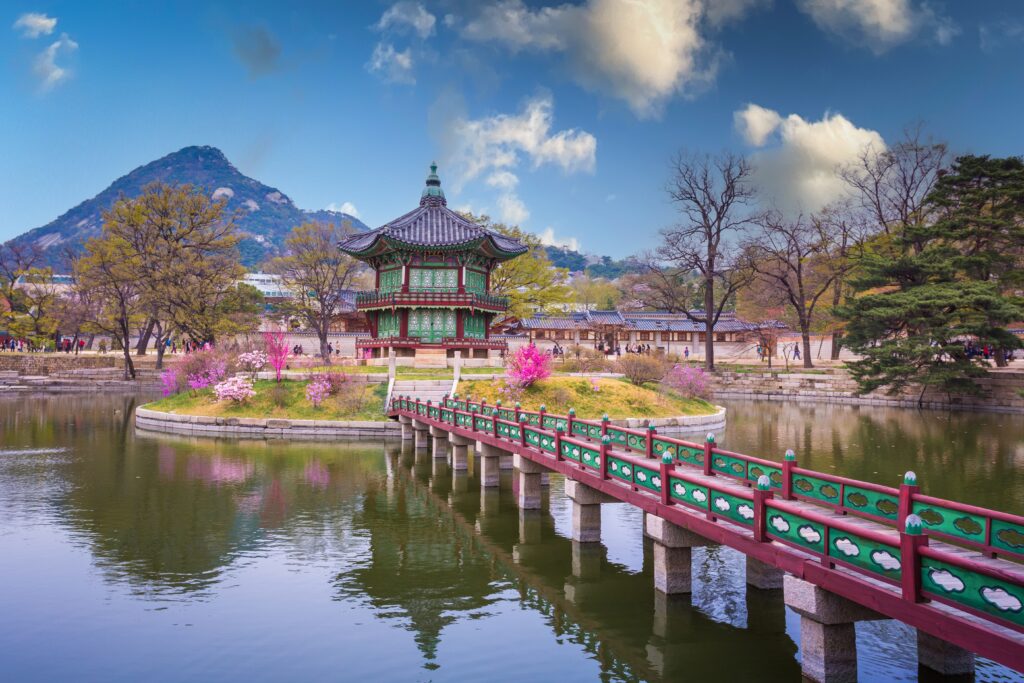 Sample 4-Day Itinerary: Seoul – Nami – Everland
Sample 4-Day Itinerary: Seoul – Nami – Everland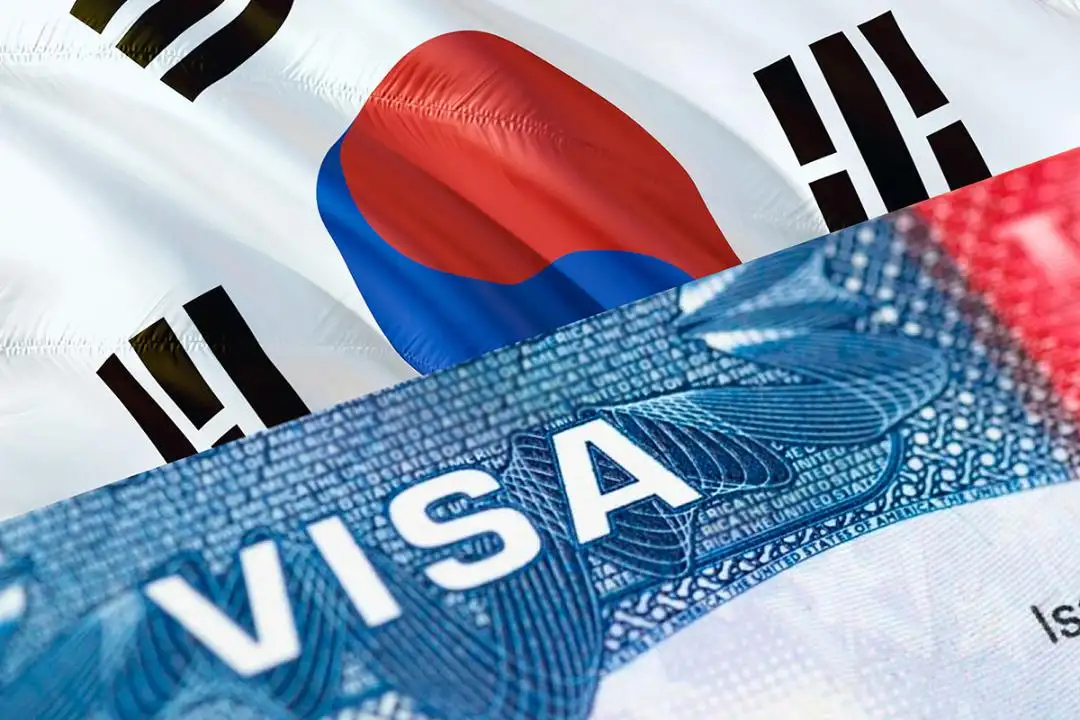 Semi-Independent Travel: A Middle Ground
Semi-Independent Travel: A Middle Ground